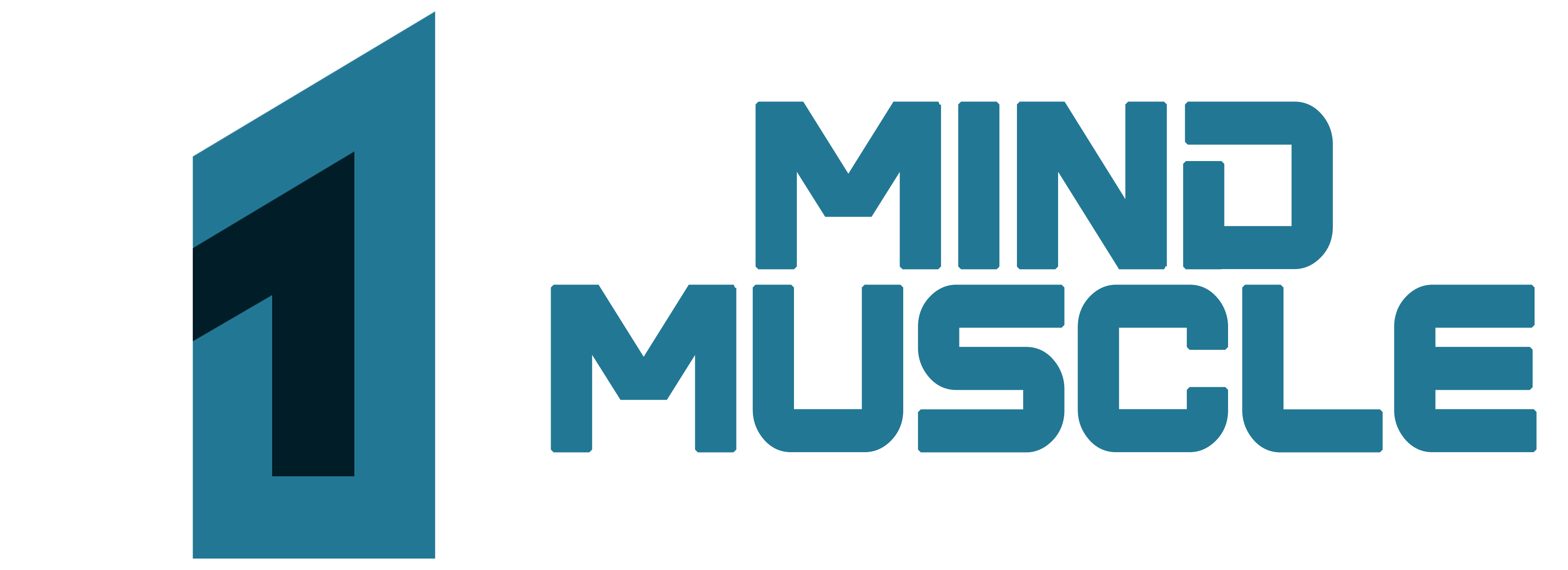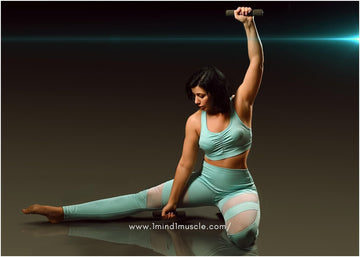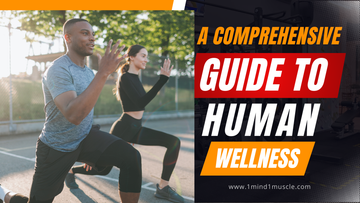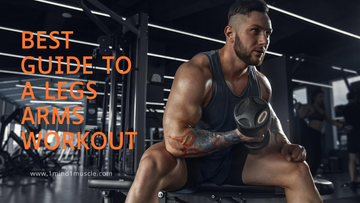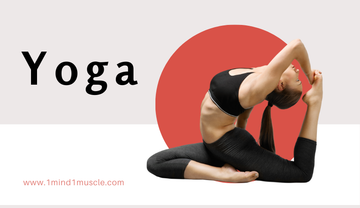When it comes to fitness, finding the right exercise positions is key to ensuring you're targeting the right muscles and getting the most out of every workout. Whether you're a beginner or an experienced athlete, proper form and positioning can make a huge difference in the effectiveness and safety of your exercises. In this article, we'll explore various exercise positions that can help you boost your fitness routine and prevent injury.

Why Proper Exercise Positions Matter
The Importance of Form and Technique
Maintaining correct exercise positions is critical for a successful workout. When you don't use the proper form, you risk straining your muscles, overstretching, or even causing long-term injuries. Improper positioning can also reduce the efficiency of your exercises, making it harder to achieve your fitness goals.
By paying attention to your exercise positions, you ensure that the right muscle groups are engaged in each move. For instance, when doing a squat, the correct positioning of your legs, knees, and back will activate your glutes and quads more effectively. This not only helps you get the results you want but also keeps your body safe from harm.
Preventing Injury Through Correct Positions
Injuries often result from poor technique, and many beginners overlook the importance of proper exercise positions. Whether lifting weights, performing bodyweight exercises, or practicing yoga, ensuring your body is in the correct position helps distribute the weight evenly across your muscles, minimizing the risk of strains, sprains, and other injuries.
Good exercise positioning also improves balance and flexibility, which are essential for performing more complex movements. As you progress, being mindful of exercise positions becomes even more important as you challenge your body with advanced exercises.
Top Exercise Positions for Different Types of Workouts
Proper Exercise Positions for Strength Training
Strength training exercises like weight lifting require a strong foundation and proper form. Using the correct exercise positions ensures that your muscles are activated in the most efficient way possible. Here are a few examples of key strength exercises with their proper positions:
Squat Position
The squat is one of the most effective full-body exercises, but achieving the correct exercise position is essential for targeting the right muscle groups and preventing injury. Stand with your feet shoulder-width apart, lifting your chest and back straight. As you lower your body, ensure your knees track over your toes and do not cave inward. Keeping your weight in your heels and maintaining a neutral spine will help you perform the squat safely and effectively.
Deadlift Position
The deadlift is a powerful exercise for building strength in the lower back, glutes, and hamstrings. When setting up for a deadlift, begin with your feet about hip-width apart and the barbell positioned over your midfoot. Bend at the hips while keeping your back flat, and grip the bar with both hands. Engage your core, push through your heels, and lift with your legs rather than your back to maintain a safe and effective deadlift position.
Bench Press Position
The bench press is a classic exercise for building upper body strength, especially for the chest and triceps. To perform this move correctly, lie on a bench with your feet flat on the ground and your shoulder blades retracted. Lower the bar to your chest with control and push it back up in a straight line, keeping your elbows at a 45-degree angle to your body to reduce strain on your shoulders.
Exercise Positions for Cardiovascular Health
Cardio exercises boost heart health, burn fat, and improve endurance. Here are a few key exercise positions for everyday cardiovascular workouts:
Running or Jogging Form
Proper running form ensures efficiency and prevents potential injury. Keep your posture upright with a slight lean forward from the ankles, not from the waist. Your arms should swing naturally at your sides, with your elbows bent at about 90 degrees. Focus on landing midfoot and avoid overstriding, which can lead to strain and fatigue.
Cycling Position
Your body position is crucial for comfort and efficiency in both indoor and outdoor cycling. Ensure your saddle is at the correct height to avoid straining your knees. Keep your back straight, and your arms should have a slight bend in the elbows to avoid tension. A good exercise position on the bike will help prevent back pain and muscle fatigue.
Exercise Positions for Flexibility and Balance
Yoga, Pilates, and stretching exercises focus heavily on flexibility and balance, so the correct exercise positions are significant for maximizing the benefits. Here are a few examples:
Downward Dog Position
The downward dog is a popular yoga pose that stretches the hamstrings, calves, and spine. Start in a tabletop position with your hands and knees on the mat. Press your hips upward, forming an inverted V-shape with your body. Make sure to keep your hands shoulder-width apart and feet hip-width apart. This position stretches and strengthens multiple muscle groups while promoting stability and balance.
Plank Position
The plank is an essential core-strengthening exercise that engages your shoulders, arms, and legs. To hold a proper plank, position your body straight from your head to your heels. Your elbows should be directly under your shoulders, and your hands can be flat on the ground or in a fist. Tighten your core and keep your back neutral—avoid letting your hips sag or rise too high.
Exercise Positions for High-Intensity Workouts
High-intensity interval training (HIIT) combines strength, cardio, and flexibility exercises to increase your heart rate and torch calories. Here's how to maintain good form during high-intensity moves:
Jump Squat Position
Jump squats are an excellent exercise for improving power and agility. Start by standing with your feet shoulder-width apart. Lower your body into a squat position, keeping your knees behind your toes and your chest upright. Explode upward into a jump, landing softly back into the squat position. The key to this exercise is to ensure your knees are not overextending and your core is engaged to protect your back.
Mountain Climber Position
Mountain climbers are a full-body exercise that improves cardiovascular endurance and strength. Begin in a plank position with your arms straight and body aligned. Drive one knee toward your chest, then quickly switch legs as if you're "climbing." Keep your core tight and avoid letting your hips sag. Proper form will ensure that you activate your core, legs, and arms efficiently.

Tips for Mastering Exercise Positions
Start Slow and Focus on Form
When learning new exercise positions, it's essential to start slow. Whether you're new to fitness or just trying a new movement, practicing with lighter weights or no weights will allow you to focus on getting the position correct. You can gradually increase the intensity once you're comfortable with the movement.
Use Mirrors or Record Yourself
If you're unsure whether you're in the proper exercise position, use mirrors in the gym or record yourself on your phone. This will help you assess your form and make adjustments as needed. You can also ask a trainer or workout buddy for feedback to ensure you're performing the exercise correctly.
Listen to Your Body
Listening to your body is crucial when practicing new exercise positions. Stop and reassess your position if you feel discomfort or pain (other than muscle fatigue). Sometimes, minor tweaks to your form can make a significant difference in reducing strain and increasing effectiveness.
Conclusion: Perfect Your Exercise Positions for a Better Workout
Mastering the correct exercise positions is an essential step toward maximizing the effectiveness of your workouts while minimizing the risk of injury. Whether you're focused on strength training, cardio, flexibility, or high-intensity exercises, each move benefits from proper form and positioning. By paying attention to the details and practicing good technique, you can unlock your full fitness potential and see faster, more sustainable results.
Start incorporating these key exercise positions into your routine, and always ensure you're performing each move with intention and care. With the correct form, your workouts will be more efficient, safe, and rewarding, helping you confidently achieve your fitness goals.
